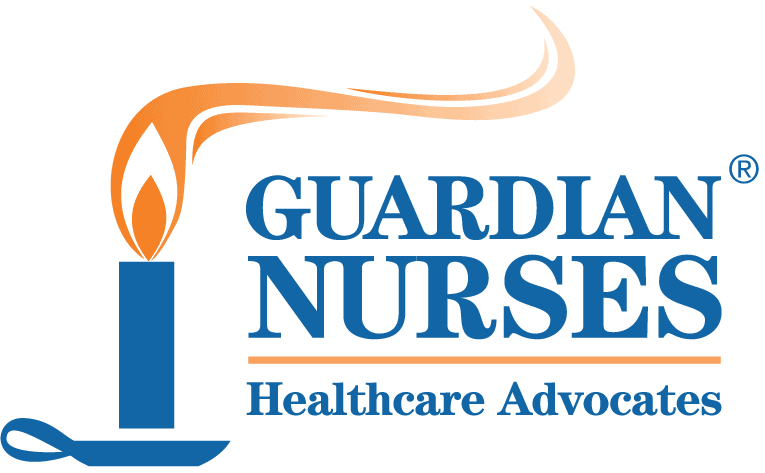Two things to put at the top of your list:
- Know where your nearest hospital emergency room is, write down the name and phone number and post it on your fridge.
- Look for emergency warning signs in the patient. These include difficulty breathing or shortness of breath, persistent pain or pressure in the chest, new confusion or inability to arouse, or bluish color of lips or face. If any of these symptoms develop, immediately call 911 or the nearest hospital ER.
How to manage a COVID-19 patient at home:
- As with any illness, allow the patient to rest. Provide plenty of fluids and nourishing food. Follow your healthcare provider’s recommendations for use of over-the-counter medications to manage symptoms.
- Try to prevent the spread of germs to others by keeping the patient away from other people in the house. A separate bathroom and bedroom is best. Avoid sharing personal household items.
- Encourage everyone in the home to wash their hands frequently with soap and water, for at least 20 seconds, and avoid touching their faces. Hand sanitizer containing at least 60% alcohol is also effective.
- Have the patient wear a face mask, if possible, and use tissues to cover coughs and sneezes. Caregivers should also wear a mask when within three feet of the patient. Dispose of used face masks and tissues in a lined trash can. Use gloves to empty it daily. Use a spray disinfectant to clean the trash can and re-line.
- Take extra precautions to limit patient contact if anyone in the household is over 65 years old, or has an underlying health condition. They may have more severe symptoms if they get COVID-19.
- Be mindful of your emotional response to stress as this situation will be stressful for everyone.
- Quarantine yourself and everyone else sharing the household with a COVID-19 patient. Do not go out, except to get medical care.
- Every day, use cleaning sprays or wipes to clean all surfaces that are touched often, including countertops, tabletops, and doorknobs.
- Wash laundry with regular detergent. If laundry is soiled, wear disposable gloves and keep soiled items away from your body. Wash your hands immediately after removing gloves.
- Rely on your healthcare provider to tell you when it is safe for the patient and others in the household to end home isolation.
For updated information about the virus, check the CDC or WHO website. By following medical advice, we can all work to minimize the effects of COVID-19 and prevent its spread to others.
